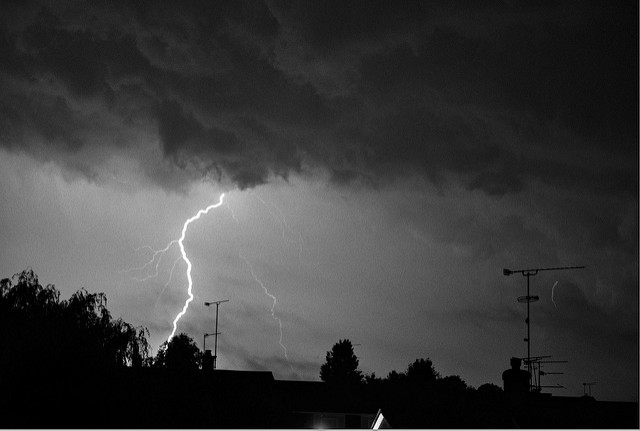Since December 2015, the UK has been battered by several major storms. With winds reaching up to 90mph and severe flooding from heavy downpours, thousands of home-owners are now facing thousands of pounds’ worth of repairs. The worse may be yet to come too, with further storms anticipated between now and the end of March and later in 2016.
The massive damage and disruption has caused homeowners to now look at ways to safeguard their property. The government and major utility companies in the country have also released details on how to prevent storm damage during these turbulent times, although a lack of financial support and adequate provisions for homes may is preventing homeowners from minimising the impact of such inclement weather.
A Combination of Proactive and Reactive measures: Preparing for the worst in the event of a storm
With these points in mind, home-owners must strive to take charge of their own safety and consider by proactive and reactive measures the minimise the impact of high-velocity storms. Although it is impossible to prevent such forces of nature from wreaking havoc, there are a number of creative and forward-thinking ideas that can at least help you to cope in such instances.
Inspecting your property is key
One of the main pieces of advice (and one that is often forwarded to home-owners) is to inspect their property for potential risks. If your home needs obvious repairs such as broken roof tiles, crumbling brickwork or a broken fence, these will need to be fixed immediately. If not, high winds could easily cause significant damage.
Prepare a flood emergency kit
Flooding has been the most damaging and expensive issue people have faced with the severe winter storms. A flood emergency kit could help to reduce damage and ensure you are properly prepared.
The kit should include a torch, insurance documents, a camera to take pictures of the damage and, valuables and most importantly a first-aid kit. It also helps to have an action plan in place. Moving valuables and any furniture upstairs will help limit the expense if the home does become flooded.
It is equally important to switch off the power in the home to avoid serious risk of electrocution.
Prepare your roof
As strong winds hit, the roof is going to take the worst damage. The latest Storm Imogen saw one family in Sussex have to flee their home after part of their home’s roof collapsed. Numerous similar emergency calls were made in the area as 80mph winds caused damage to buildings and trees fell down, cutting power lines.
Mould, signs of leaking and sagging materials are just some of the things home-owners should check when inspecting the roof prior to a storm.
Paying for repairs
For many home-owners, their insurance will cover the cost of repairs. However, for those who don’t have adequate flood insurance, replacing what was lost and damaged in a storm can be extremely expensive.
One way you can cover immediate repairs and furniture replacement is by taking out a loan. Reliable companies such as Trusttwo, can provide cash quickly when you need it.
The last word
Overall the recent storms have brought into perspective how devastating the damage can be. Preparing your home and taking numerous precautions will help limit the damage and cause minimum disruption, while also protecting your loved ones and those who reside inside your property.



 Bitcoin
Bitcoin  Ethereum
Ethereum  Tether
Tether  XRP
XRP  Solana
Solana  USDC
USDC  TRON
TRON  Cardano
Cardano  Lido Staked Ether
Lido Staked Ether  Avalanche
Avalanche  Toncoin
Toncoin